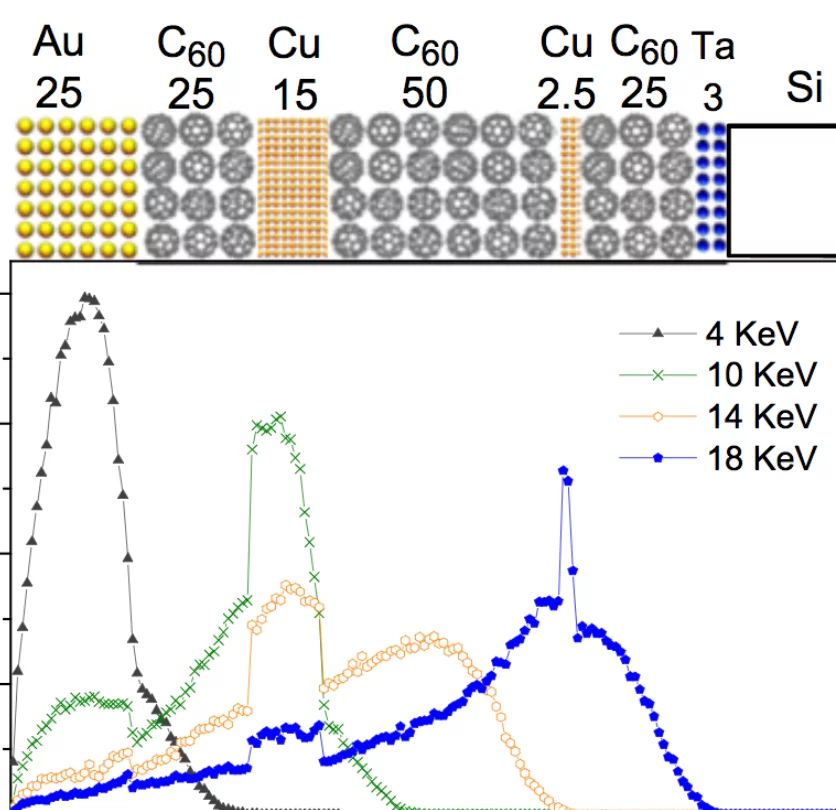Interfaces are critical in quantum physics, and therefore we must explore the potential for designer hybrid materials that profit from promising combinatory effects. In particular, the fine-tuning of spin polarization at metallo–organic interfaces opens a realm of possibilities, from the direct applications in molecular spintronics and thin-film magnetism to biomedical imaging or quantum computing. This interaction at the surface can control the spin polarization in magnetic field sensors, generate magnetization spin-filtering effects in nonmagnetic electrodes, or even give rise to a spontaneous spin ordering in nonmagnetic elements such as diamagnetic copper and paramagnetic manganese.
Reference: F. Al Ma'Mari et al, Proceedings of the National Academy of Sciences 114, 201620216 (2017)
Read full article: here


